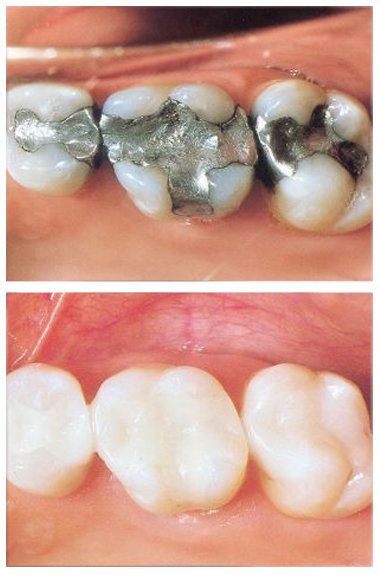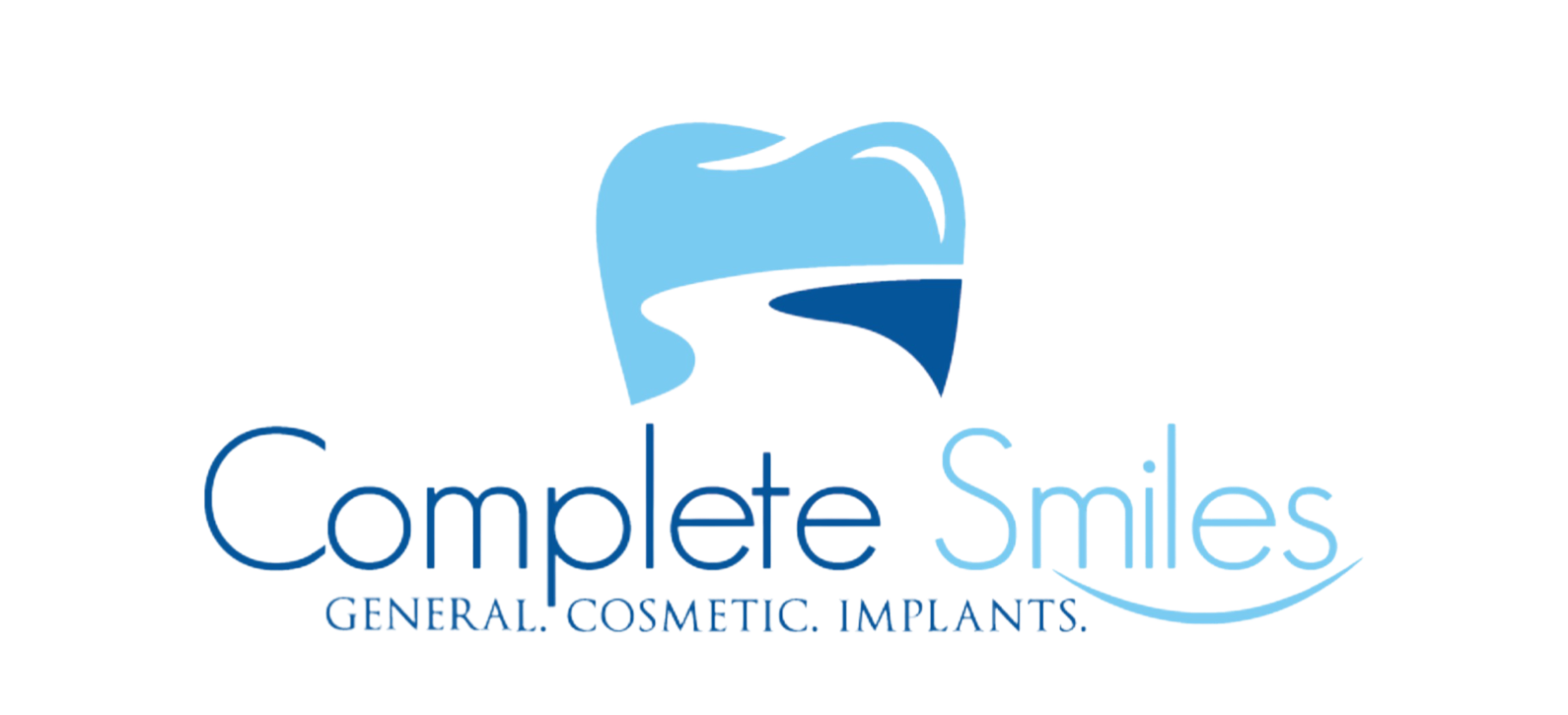If you have a sore tooth and are looking to get it fixed you might wonder what the difference is between a filling and a crown? Dentists can fill a tooth, or crown a tooth, they can create a filling and mould a crown but they are two very different processes even though they sound quite similar and may seem the same to a layperson.
Dental repair work to fix teeth can really be divided into two main types ‘direct’ and ‘indirect’ restoration work. Direct restoration work includes work like fillings and indirect dental work covers crowns and veneers.
The simplest way to differentiate between the two is that a ‘direct’ restoration is when the dentist repairs a tooth ‘directly’ in the patient’s mouth, by moulding material to ‘fill’ a gap or flaws in the tooth. An ‘indirect’ restoration is when the dentist takes a mould of the tooth either with a quick setting impression material or a digital scan of the tooth and then creates the replacement crown or veneer outside of the mouth before fitting it to the patients tooth.

Sometimes dental terminology is confusing for patients so we’ve broken down all the main terms so consumers have a clearer understanding.
Dental Restorations
Dental restoration is the process of repairing a damaged tooth and essentially restoring its function, integrity or appearance. Most often the tooth will have been damaged by caries (which is the technical term for a cavity) or external trauma. If the tooth is damaged significantly and difficult to repair a dentist may recommend replacing it with a dental implant a dental Bridge or a partial denture.
A ‘filling’ or ‘direct’ restoration is when a dentist places a soft material into the damaged tooth and shapes it before it sets hard. This is a convenient process to use if patients want the tooth fixed in a single visit.
‘Filling’ a tooth is also how dentists usually refer to smaller tooth restorations which often just involve repairing a small amount of damage rather than rebuilding a tooth. The more damage there is and the more restoration work needs to be done to restore it, the more likely a crown or veneer will be needed.
When a customer decides they want a damaged tooth strengthened, reshaped or the appearance improved the dentist will very often choose to create a crown or veneer for the tooth or use the ‘indirect’ restoration method. Crowns and veneers are a longer-lasting solution for dental repair, replacing more of the tooth and adding more structural integrity. Other terms for ‘indirect’ restorations include inlays, onlays, and bridges (which are multiple crowns in a row including a fused false tooth).
Complete Smiles VS also has a same day cad/cam service that can create crowns, overlays, and veneers in a single day if you want a fast permanent high-quality solution.
All good dentists should talk you through all your options and the different costs of repairing a damaged tooth. Whether a filling or a crown is most appropriate should be a joint discussion between a patient and the dentist.

